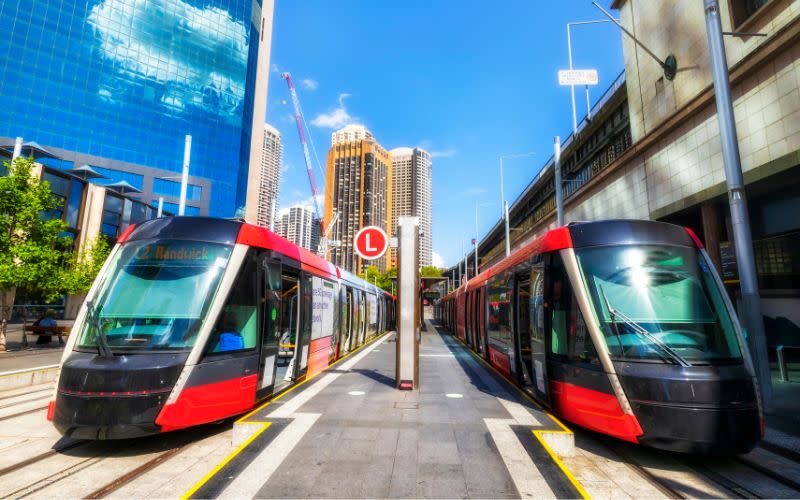Resources
Newsletter
Stay up to date and with the latest news, projects, deals and features.
Subscribe
Jobs for 200,000 people, extending the city’s light rail link, further growing the night-time economy and pushing green industry initiatives are all part of a 10-year plan announced by Sydney City Council this week.
The council’s Economic Development Strategy to 2035, which was formally tabled on Monday, will see more than $540 million invested directly into economic development.
Critically, the council will also spend $100 million on public works to support proposed new light-rail corridors through Broadway and to Green Square.
Sydney’s Lord Mayor, Clover Moore, said the strategy aimed to boost the city’s existing $142 billion yearly economic output and cement Australia’s gateway to the world as one of the best places to live, work and visit.
“Since 2004, jobs located in the City of Sydney have increased 162 per cent and our local economy has grown by $64 billion, or 82 per cent,” Moore said in announcing the strategy.
“That now exceeds pre-Covid levels and accounts for more than 22 per cent of the entire NSW economy.”
The strategy document was drafted in consultation with the Business, Economic Development and Covid Recovery Advisory Panel—as the name suggests, an independent body set up in February 2022 in the wake of the global pandemic.
The Committee for Sydney, Business Sydney, the Property Council of Australia, University of Sydney, Supply Nation, Canva and Greenhouse all took part.
The strategy proposes 33 high-level actions to address systemic challenges, increase economic resilience and boost long-term prosperity.
Key among those is improving transport connections, with the council long-championing the idea of additional light-rail stops at Tech Central, Camperdown, Zetland and Randwick.

Sydney’s big Tech Central precinct—for some years now positioned as Australia’s answer to Silicon Valley—is one of a series of so-called “momentum-building” projects at the centre of the council’s strategy.
Others include positioning Sydney as an environmentally sustainable financial hub, retaining international student talent with pathways to employment, promoting vibrant streets and a 24-hour economy, and boosting the visitor economy.
Two years in the making, the economic strategy was developed in consultation with local businesses, community groups and industry forums. It wants to see 200,000 more jobs within Sydney by 2035.
The report seeks that 70 per cent of those jobs be in knowledge and innovation-intensive industries.
“Australia’s economy is changing,” Clover said. “We need to stop relying on digging things out of the ground and transition instead to sustainable and inclusive industries.”
As a member of the Advisory Panel, the Property Council of Australia’s NSW executive director, Katie Stevenson, was actively involved in the strategy paper.
“Thriving cities drive our economy, supporting jobs, education, and social infrastructure,” Stevenson said after the release.

“A long-term plan for Sydney helps to focus investment decisions and will spark initiatives that support the long-term growth, vibrancy, and appeal of the city.”
A Cushman and Wakefield economist agreed increasing mobility and decreasing the cost of traveling in and out of the city centre was important for the revitalisation of Sydney.
However, national economics and forecasting manager Sean Ellison warned the timing and the implementation of such a big infrastructure project was equally important.
“One of the biggest problems the construction section is facing is the shortage of labour,” Ellison told The Urban Developer.
“We already have a big federal infrastructure investment spend and there are big infrastructure investment spends in every state, especially those on the eastern seaboard.
“To add another big infrastructure spend in the city of Sydney, there is a risk some of that investment could crowd out other investment.”
Ellison said he wanted to see more detail around housing, particularly medium-density housing close to the city centre.
“Increasingly, revitalising the office sector will be linked to housing policy,” he said. “And the number one reason that is cited for people preferring to work from home or wanting to work from home for a certain portion of the week, is transport costs.
“If all new housing in New South Wales is being built out around Parramatta, in the west, then that’s not necessarily going to benefit the CBD.”
The council’s Economic Development Strategy 2025-2035 is open for community feedback throughout August and September.